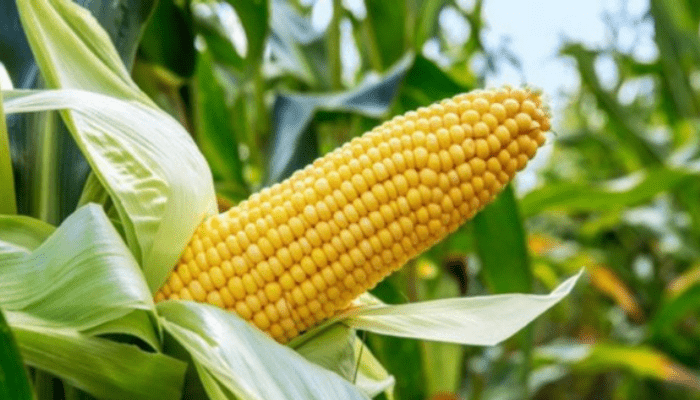March 12, 2025 | Abuja, Nigeria – Nigeria, long a powerhouse in African agriculture, finds itself in a challenging position as one of the continent’s top maize producers. In the 2023/2024 growing season, the country harvested 11.05 million metric tons (MMT) of maize, a drop from the previous year’s 12.95 MMT, placing it behind South Africa, which produced 13.4 MMT despite its own drought setbacks. With projections for 2024/2025 holding steady at around 11 MMT, experts warn that Nigeria risks losing ground unless bold steps are taken to boost production and reclaim its potential as Africa’s maize leader.
Maize, a staple crop for millions of Nigerians and a key contributor to food security and economic stability, has faced mounting pressures. Climate change, inadequate infrastructure, and pest challenges have hampered yields, even as demand continues to rise. South Africa’s dominance—projected to rebound to 17 MMT in 2025—underscores the gap Nigeria must close. So, what can Nigeria do to turn the tide?
Climate Resilience: Battling Drought and Floods
The weather pattern has brought erratic rainfall, with droughts in some regions and flooding in others, slashing maize yields. Agricultural expert Dr. Amina Bello of the University of Ibadan notes, “Nigeria’s smallholder farmers, who produce most of our maize, lack access to climate-smart tools.” She advocates for widespread adoption of drought-resistant maize varieties, already in use in South Africa and Ethiopia, which produced 10.2 MMT last year. Expanding irrigation systems, particularly in the northern states like Kaduna and Kano, could also stabilize production. Currently, less than 1% of Nigeria’s farmland is irrigated, compared to Egypt’s extensive systems supporting its steady 7 MMT output.
Modernizing Farming Practices
While Nigeria boasts vast arable land, outdated farming techniques hold it back. South Africa’s mechanized farming and Tanzania’s push to expand planting areas (reaching 7 MMT in 2023/2024) offer lessons. The Nigerian government’s Anchor Borrowers’ Programme has provided some support, but farmers like Musa Ibrahim in Ogun State say more is needed. “We need tractors, not just loans,” he says. Scaling up access to machinery, hybrid seeds, and fertilizers—subsidized and distributed efficiently—could lift yields from the current national average of 2 tons per hectare to 4-5 tons, aligning with regional leaders.
Tackling Pests and Post-Harvest Losses
Fall armyworm infestations have plagued maize fields, a problem shared with Ghana (down to 2.3 MMT projected for 2024/2025) and Malawi. Integrated pest management, including affordable biopesticides and farmer training, could curb losses estimated at 20-30% annually. Post-harvest losses, another Achilles’ heel, see up to 25% of maize wasted due to poor storage. Building modern silos and improving rural road networks—emulating Uganda’s steady rise to 4.95 MMT—would ensure more maize reaches markets.
Policy and Investment Push
Nigeria’s maize sector needs a coordinated policy boost. The Central Bank of Nigeria’s recent maize import ban aimed to spur local production, but without matching investment, it’s faltered. Analysts suggest public-private partnerships, like those driving Zambia’s recovery (3.263 MMT in 2023/2024), to fund processing plants and extension services. Tax incentives for agribusinesses and better security in farming regions disrupted by conflict could also unlock potential.
The Road Ahead
With South Africa poised to widen its lead and Tanzania eyeing 8 MMT in 2025, Nigeria’s 11 MMT projection feels like a plateau. Yet, the country’s agricultural heritage and population of over 200 million offer unmatched potential. “We have the land and the people,” says Minister of Agriculture Adebayo Suleiman. “Now we need the will.” If Nigeria acts decisively—embracing technology, resilience, and infrastructure—it could not only close the gap but leapfrog to the top, feeding its people and the continent alike.
For now, the maize fields wait, and so does Nigeria’s chance to shine.




